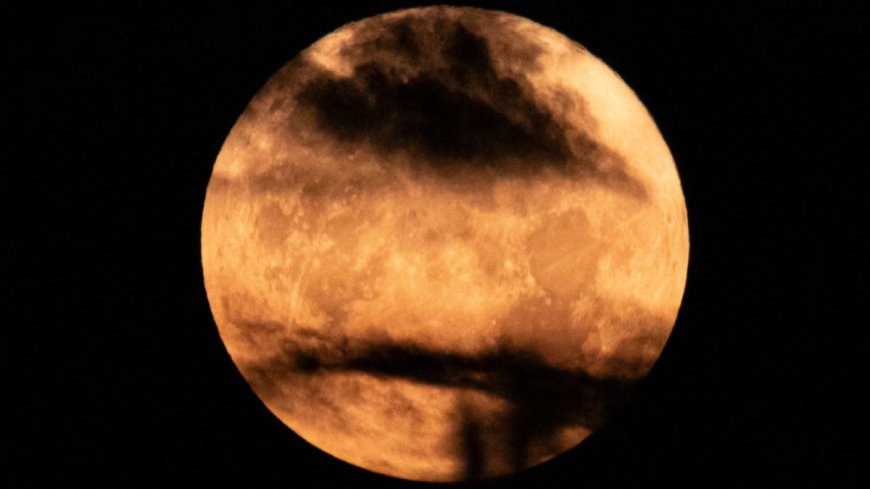Buck Moon 2025: Your Guide to Watching the Brightest Full Moon
Learn when and how to watch the Buck Moon, July's full moon, at its peak brightness on Thursday, July 10, at 4:37 p.m. ET. No telescope needed - just step outside after sunset and face southeast for a great view. Find an open space away from city lights for the best experience. Discover the origins of the name 'Buck Moon' and other interesting lunar folklore.

July’s full moon, famously known as the Buck Moon, will reach its peak brightness this week. According to the Old Farmer’s Almanac, the full moon will be at its fullest on Thursday, July 10, at 4:37 p.m. ET. While this peak occurs in the afternoon, when the moon is still below the horizon, skywatchers can still enjoy its brilliance later in the evening when it rises in the southeast after sunset.
Best time to watch the moon
Although the moon officially reaches its full phase in the afternoon, it will appear nearly full and bright from the evening of July 9 through July 10. NASA confirms that the Buck Moon will be visible over both nights, making it a great opportunity for backyard astronomers and casual observers alike. To catch the best view, step outside after sunset and face southeast.
Where to watch the Buck Moon
You do not need a telescope or special equipment to see the Buck Moon, just clear skies and a good vantage point. Head to an open space away from city lights, such as a park, rooftop, or countryside area. The moon will rise in the southeast, so make sure your view in that direction is unobstructed. Apps like Sky Guide, Star Walk, or SkyView can help you track the moon’s position in real time, especially if you are in a heavily built-up area.
Weather outlook for viewing
Viewing conditions will vary across the United States. The National Weather Service forecasts clear skies for most regions on Wednesday, July 9, particularly in central and western parts of the country. However, parts of the East Coast may experience cloud cover. On Thursday, July 10, the day the moon officially peaks, more widespread cloudiness is expected, which may impact visibility in certain areas.
Why is it called the buck moon?
The term ‘buck moon’ originates from native American traditions and references a seasonal natural phenomenon. Around this time of year, male deer or bucks begin to regrow their antlers after shedding them in spring. July marks the height of this growth period, with antlers growing as much as a quarter-inch per day. The full moon in July has also been referred to by other names, including the Thunder Moon, Hay Moon, Salmon Moon, and Halfway Summer Moon, all of which reflect seasonal activities and changes in nature. For those planning their next night-sky experience, the next full moon, known as the Sturgeon Moon, will occur on Saturday, August 9. The rest of the 2025 full moon calendar includes the Harvest Moon on September 7, the Hunter’s Moon on October 6, the Beaver Moon on November 5, and the Cold Moon on December 4. Each of these full moons carries unique folklore and seasonal significance, continuing a tradition of lunar observation that spans cultures and generations.
What's Your Reaction?
 Like
0
Like
0
 Dislike
0
Dislike
0
 Love
0
Love
0
 Funny
0
Funny
0
 Angry
0
Angry
0
 Sad
0
Sad
0
 Wow
0
Wow
0















































































































































































